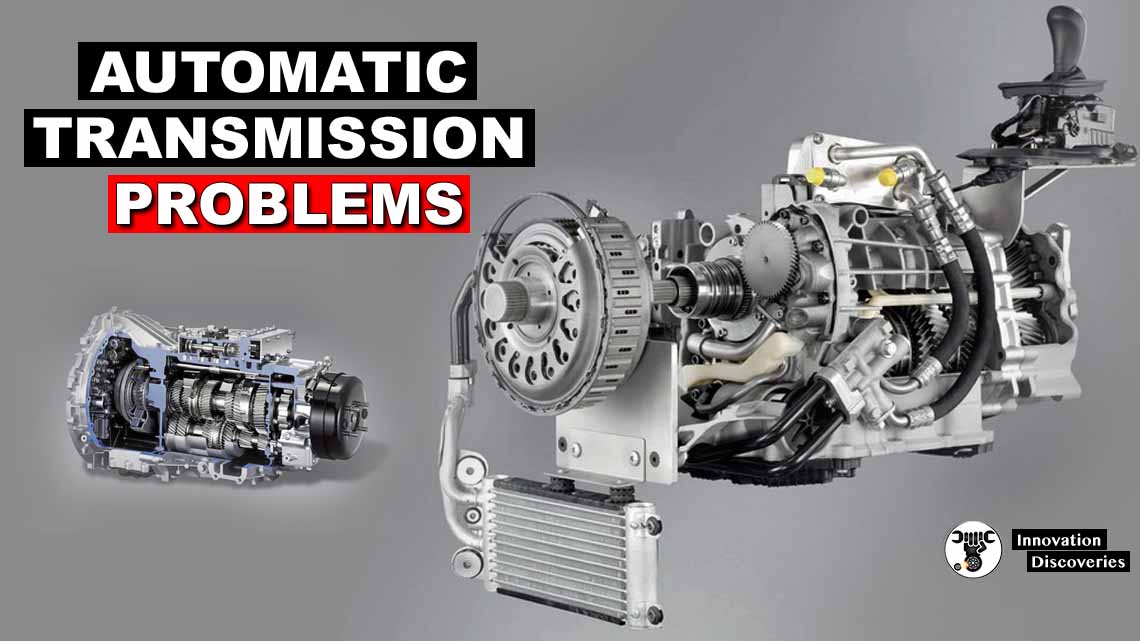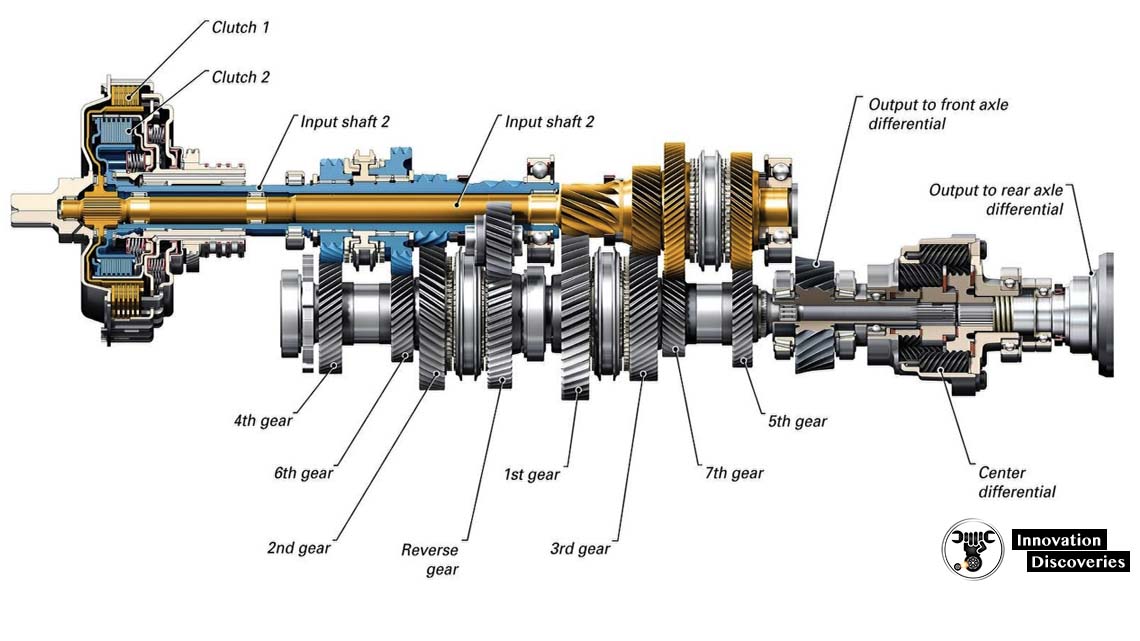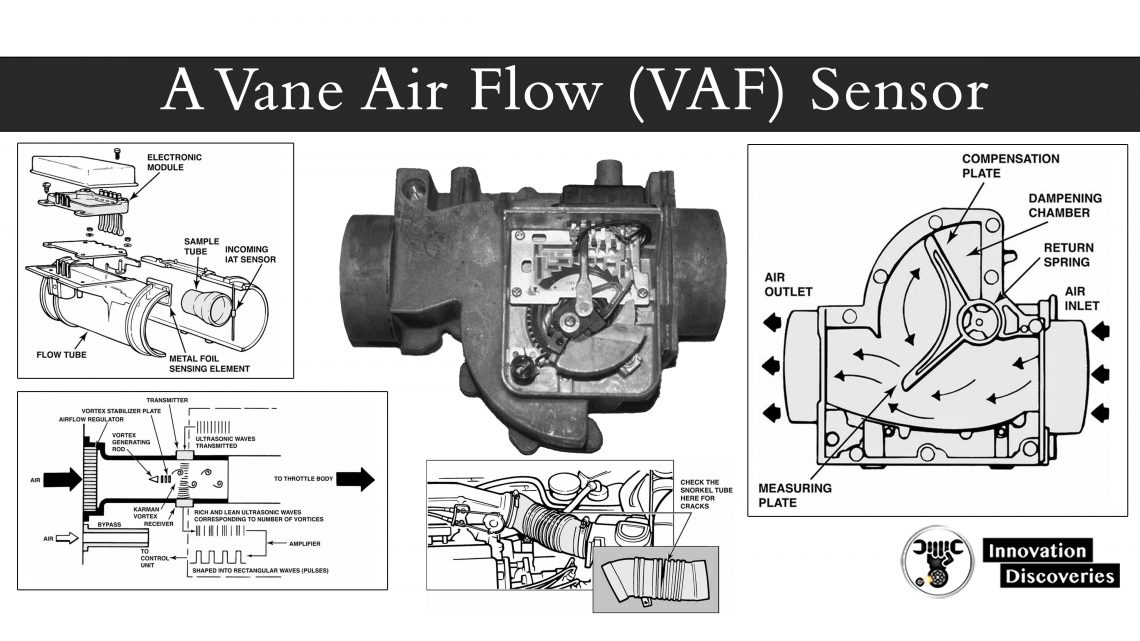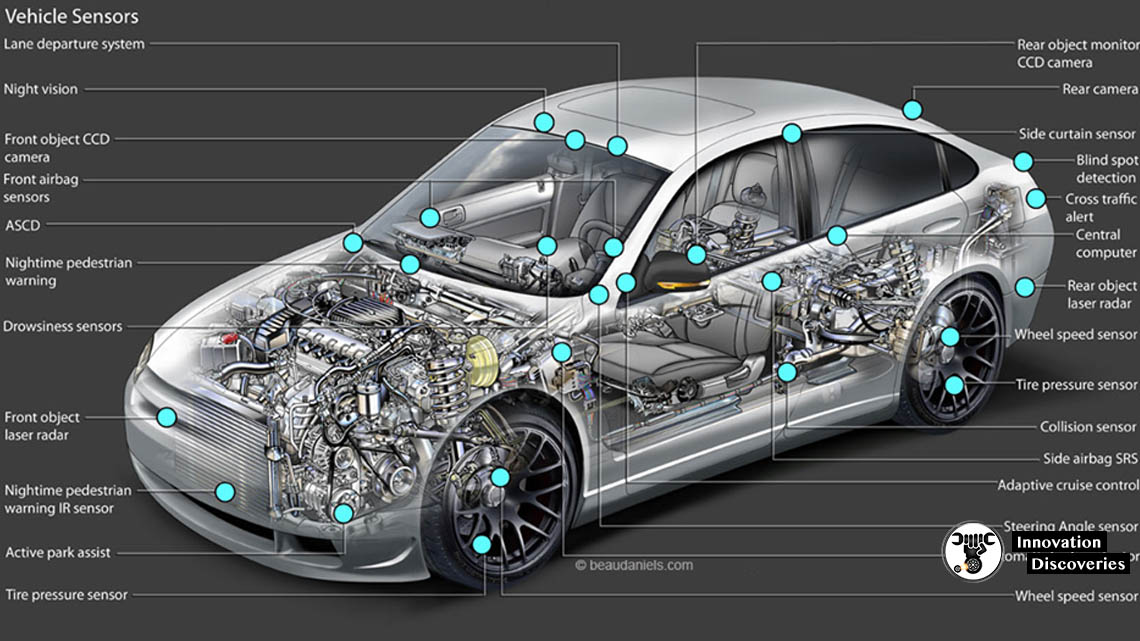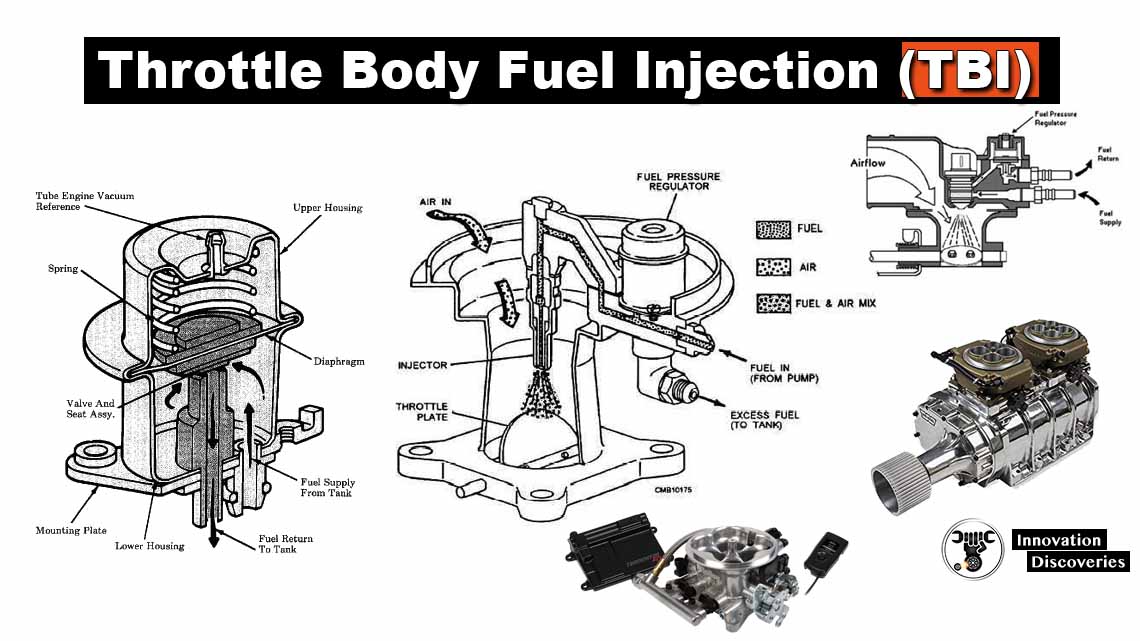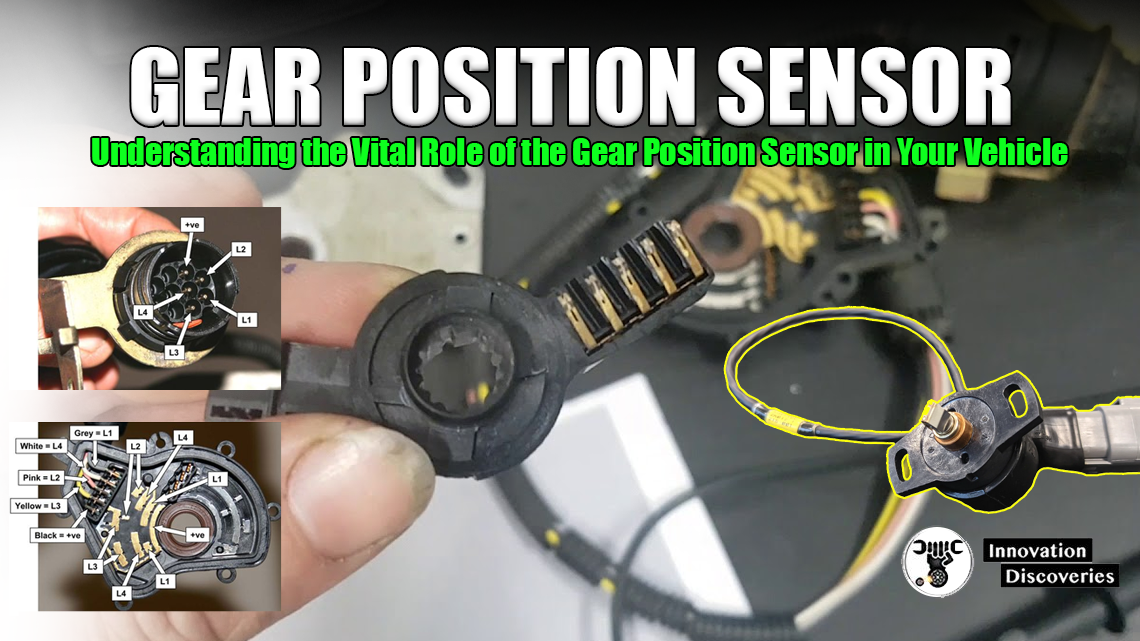
Introduction
As we drive our cars, we rarely think about the intricate workings of the transmission system that enable us to smoothly switch between gears. One crucial component that facilitates this process is the gear position sensor.
Although often overlooked, this tiny yet significant device plays a pivotal role in the operation of modern automotive transmissions.
In this article, we will explore the functions, importance, and technologies behind the gear position sensor, shedding light on its significance in ensuring a smooth and efficient driving experience.
What is a Gear Position Sensor?
The gear position sensor, also known as a transmission gear sensor or gearshift position sensor, is an essential part of both automatic and manual transmissions.
Its primary purpose is to detect and relay the current gear position to the vehicle’s engine control module (ECM) or transmission control module (TCM). By doing so, the sensor allows the vehicle’s onboard computer to make necessary adjustments to optimize performance and fuel efficiency.
1. Automatic Transmissions
In vehicles equipped with automatic transmissions, the gear position sensor provides critical information to the ECM or TCM regarding the current gear engaged. This data influences various aspects of the vehicle’s operation, including engine timing, fuel injection, and the shifting of gears.
The gear position sensor is instrumental in ensuring smooth gear transitions, enhancing overall driving comfort.
2. Manual Transmissions
For vehicles with manual transmissions, the gear position sensor serves safety functions. It prevents the starter from engaging unless the transmission is in neutral or the clutch pedal is pressed.
Additionally, it aids drivers in knowing the current gear they are in, contributing to smoother gear changes and preventing potential damage to the transmission system.
BEFORE READING THE FOLLOWING ARTICLE: WHAT ARE THE MAIN COMPONENTS OF THE GEAR BOX?
How Does It Work?
The gear position sensor utilizes various technologies to accurately detect the gear’s position in the transmission system:
Mechanical Linkage (Older Vehicles):
In older models, the gear position sensor may be connected via a mechanical linkage to the transmission shift lever. As the gear is changed, the sensor’s movement corresponds to the selected gear.
Hall-Effect or Magnetic Sensors:
Modern vehicles often use Hall-effect or magnetic sensors to detect the position of magnetic fields. These sensors monitor the movement of the gear selector and relay the information to the vehicle’s computer.
Potentiometers:
Gear position sensors can also employ potentiometers, which are variable resistors that change their resistance based on the gear selector’s position.
Optical Sensors:
Some advanced systems use optical sensors to detect the gear selector’s position through the interruption of light beams.
Importance of the Gear Position Sensor
The gear position sensor’s significance lies in its role as a critical interface between the driver’s actions and the vehicle’s electronic control systems. By accurately relaying the gear’s position, the sensor allows the vehicle’s computer to make real-time adjustments, enhancing performance, fuel efficiency, and safety.
Malfunctions and Issues
When the gear position sensor malfunctions or fails, it can lead to a range of problems, including:
- Incorrect Shifting: The transmission may not shift to the appropriate gear, resulting in poor performance and reduced fuel economy.
- Stalling and Starting Problems: A faulty gear position sensor may prevent the vehicle from starting or cause it to stall unexpectedly.
- Safety Concerns: In manual transmissions, a malfunctioning sensor can compromise safety by allowing the starter to engage without the clutch being depressed, potentially leading to accidents.
Conclusion
The gear position sensor might be a small component, but it plays a vital role in ensuring the smooth and efficient operation of modern automotive transmissions. From facilitating precise gear changes in automatic transmissions to supporting safety measures in manual transmissions, this unassuming sensor enables a seamless driving experience.
Regular maintenance and prompt attention to any potential issues with the gear position sensor are essential to keep your vehicle running at its best.
So, the next time you switch gears effortlessly, remember to thank the gear position sensor for making it all possible.
See More:
- 4 Common Symptoms of Automatic Transmission Problems
- How To Do Automatic Transmission Service Yourself?
- Automatic Transmission Valve Body Functions And Failure Symptoms
- Detecting 6 Common Automatic Transmission Problems
- Continuously Variable Transmission : Advantages and Disadvantages
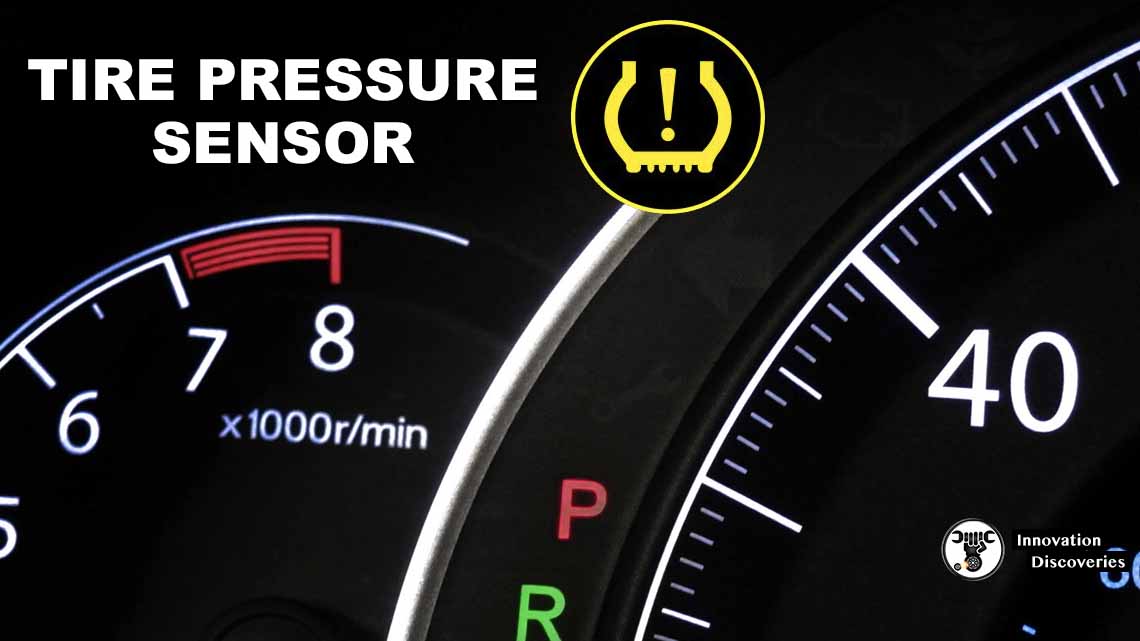
VEHICLE SENSORS: FUNCTIONS AND TYPES
ECU CHIP TUNE | IGNITION TIMING | INCREASE HORSEPOWER
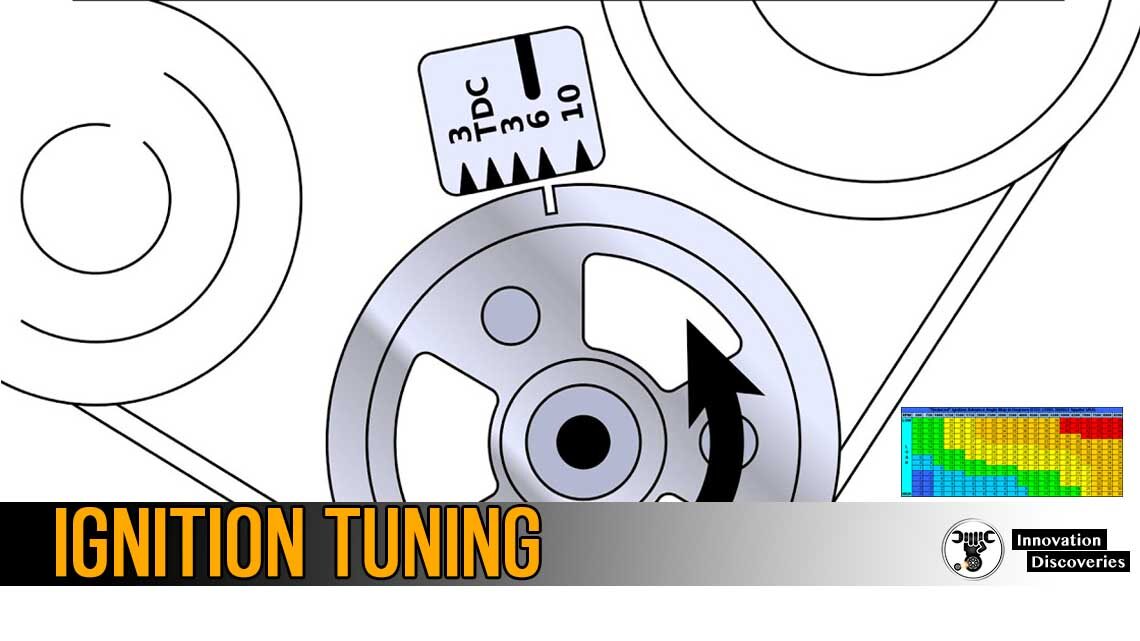
Visit Forum
Visit Our Friendly Website


